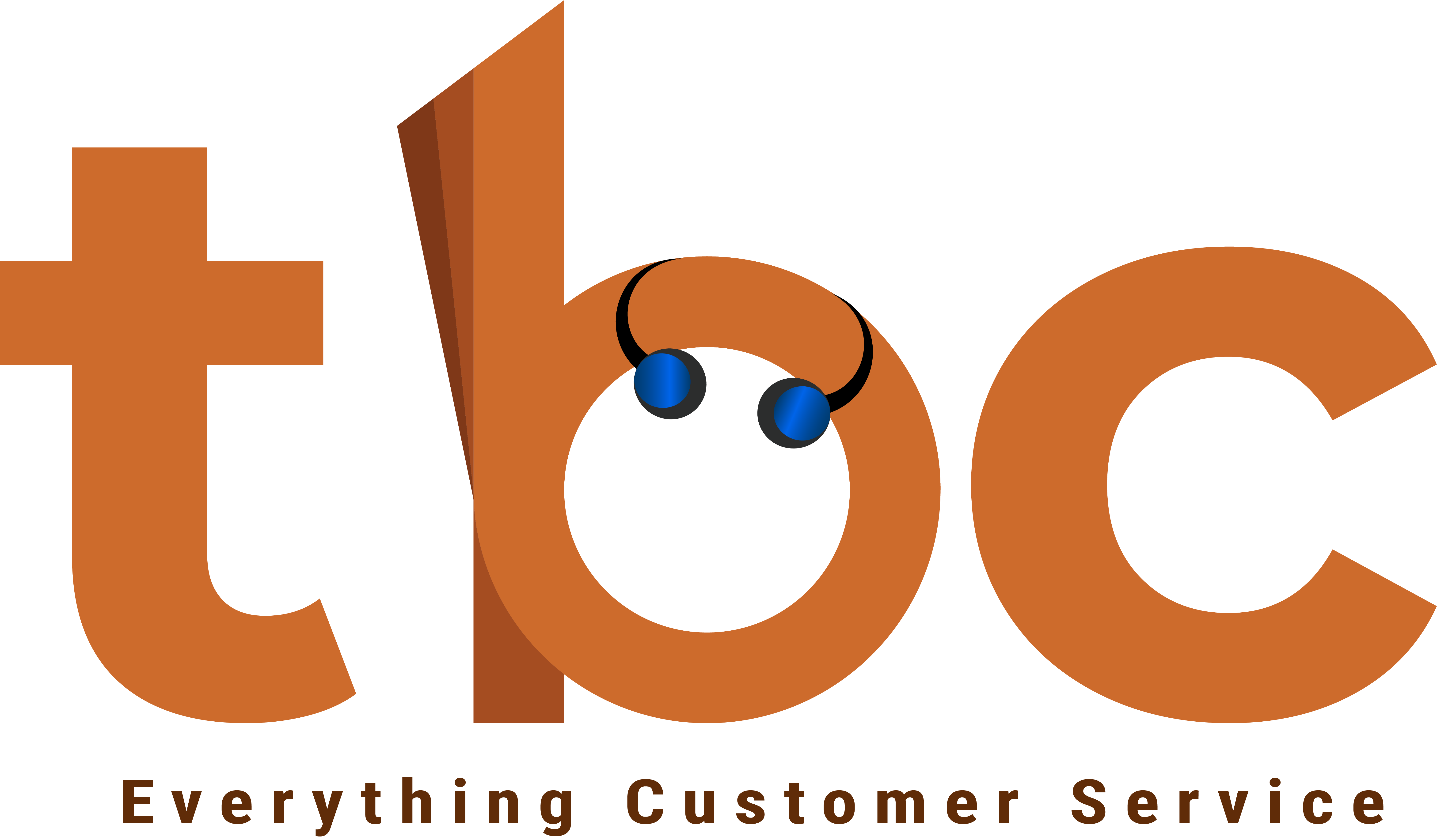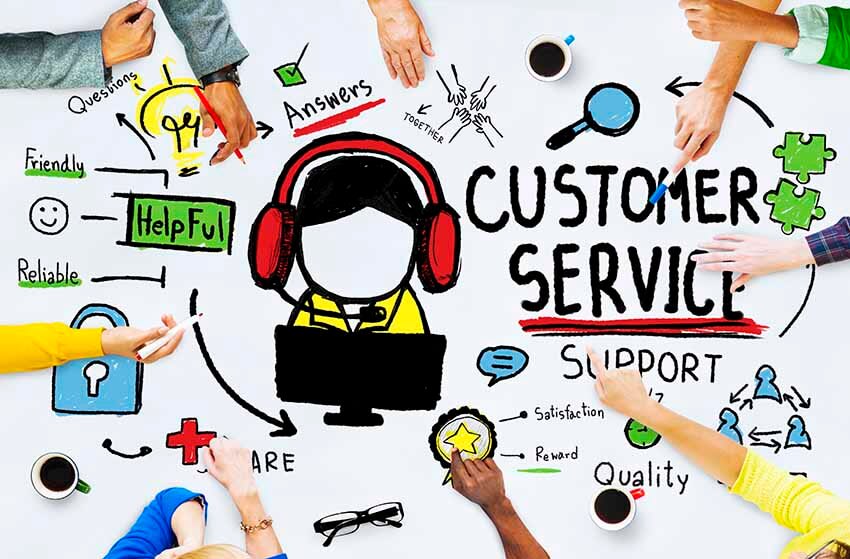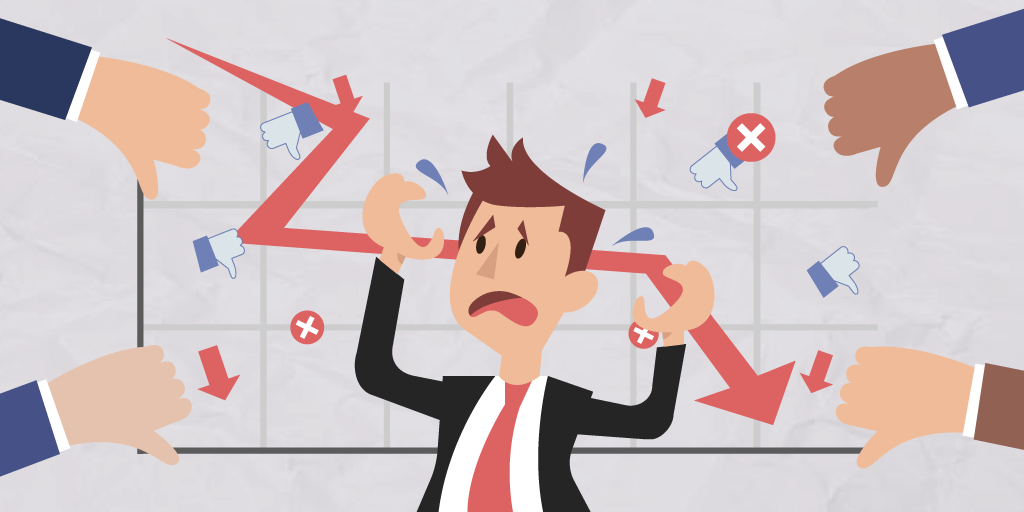Frictionless customer experience – should this be your goal?
- In 2016, an estimated $4.6 trillion of merchandise was left in abandoned eCommerce shopping carts
- The US economy loses $3 trillion in productivity annually due to excess bureaucracy
- China’s economy as measured by gross domestic product (GDP) grew a cumulative $82 trillion more than India’s from 1987 to 2017, even though the two economies were initially similar in size
- In March 2020, about 88% of all shopping carts were abandoned across these verticals – automotive, childcare, luxury, car rental, travel, airlines, fashion, gardening, cruise & ferry, mobile providers, departmental stores, hotel, cosmetics, consumer electronics, retail, sports & outdoor, groceries, pharma, and insurance.
All these are distressing statistics.
Can you attribute one reason to all of these?
It will be difficult, but the common thread would be friction in customer experience.
The most important thing that any and every customer servicing organization should do would be to reduce friction in their experience.
Jeff Bezos of Amazon calls customer obsession the most significant success factor for any organization. Customer obsession is equivalent to zero friction on customer experience.
Jeff Bezo’s famous quote on customer friction is, “When you reduce friction, make something easy, people do more of it.”
How do you reduce friction for your customers?
How do you become a relentless advocate for the customers and minimize customer efforts?
Some pointers that you can look at:
- Talk to your customers regularly – this would help you discover friction and act on it.
- Remove everything unnecessary or something that does not improve the customer experience – stamp out ridiculous rules and pointless procedures
- Provide choices to your customers to reach you. If they want to speak to an agent, so be it.
- Don’t offer an omnichannel experience without putting in the necessary infrastructure to address customer needs across all the channels. The experience will have to be consistent.
- Have one view of your customer journey so that the customer doesn’t have to repeat themselves whenever they have to interact with you
- Promise only those that you can deliver and deliver beyond expectations
- Ask them this question, if they are willing to refer your service to their friends or relatives? If the answer is no, there is a lot for you to work towards
- Focus on reducing friction one step at a time. Sometimes, friction is not apparent. You will have to put yourself in the shoes of your customer to ensure that their journey
Read More: Customer experience and digital – how important is it?




